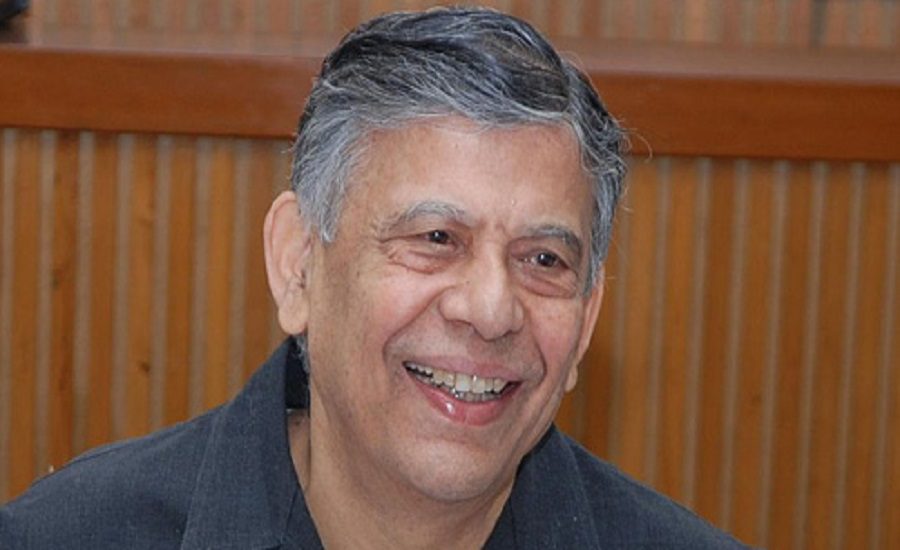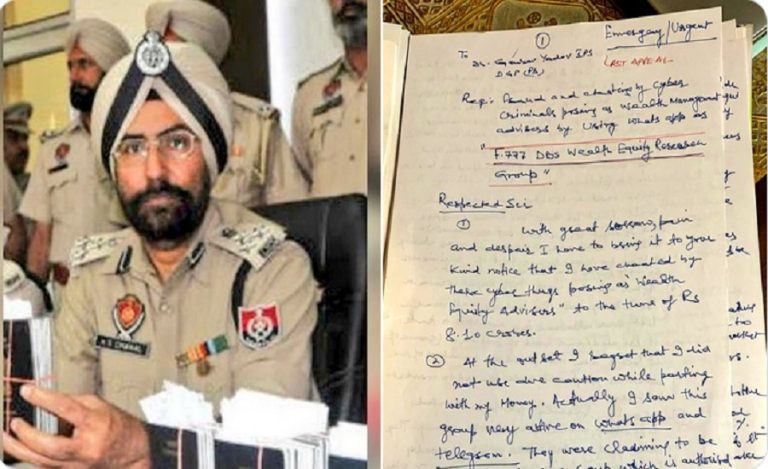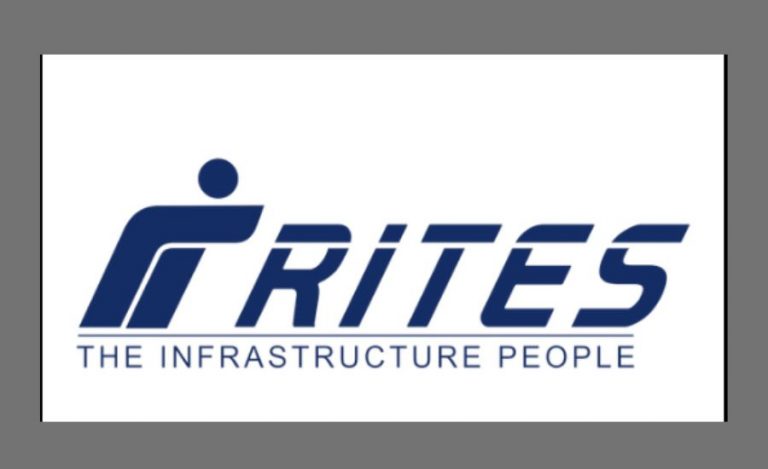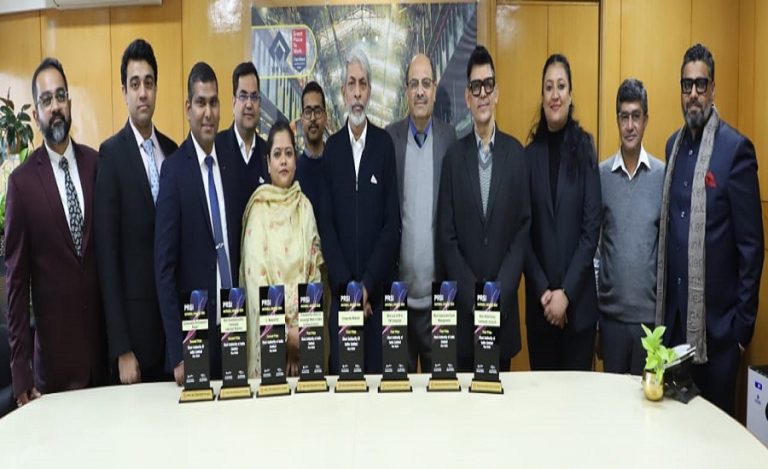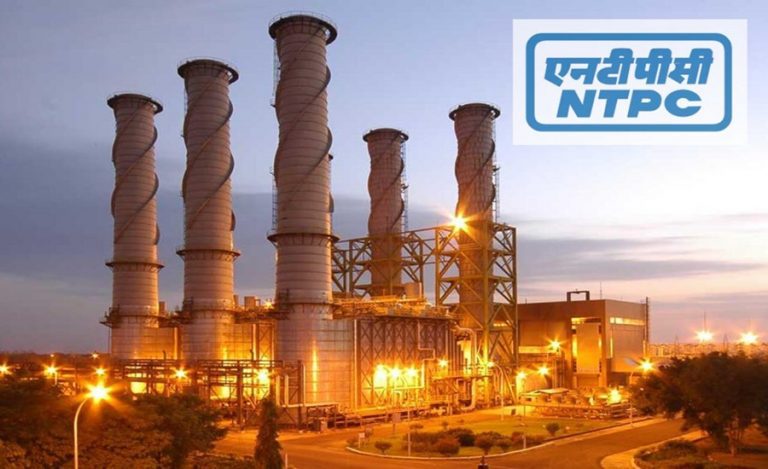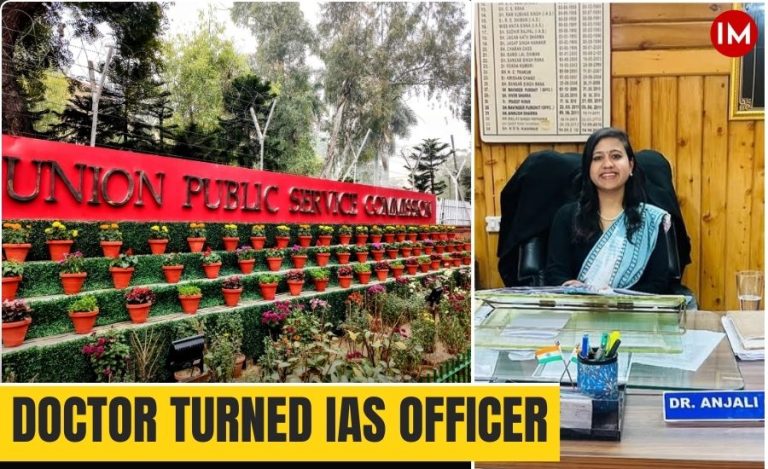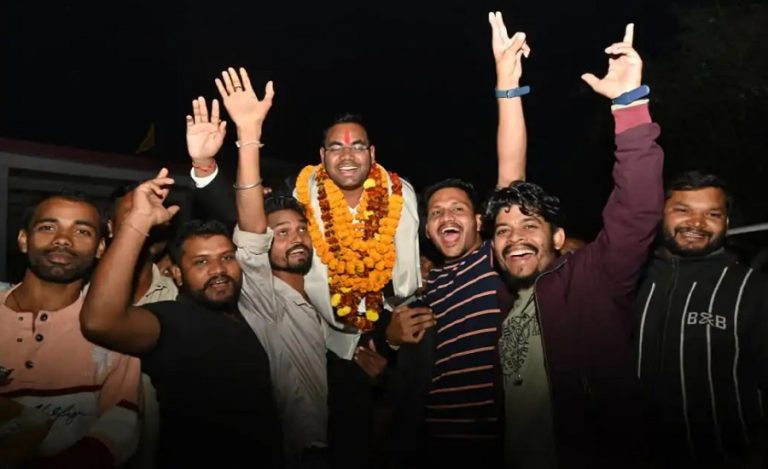In a recent address in Pune, Dr. Vijay L. Kelkar, renowned economist and former Union Finance Secretary, made a compelling case for urgently reforming India’s urban governance system to enable sustained, double-digit economic growth. His insights offer a roadmap for strengthening local civic bodies to better meet growing infrastructure demands while contributing meaningfully to national prosperity.
A Call for Decentralized Fiscal Power
A central recommendation from Dr. Kelkar was the decentralization of fiscal powers to urban local bodies. He proposed that 33% of Goods and Services Tax (GST) revenues be directly allocated to elected urban municipal bodies. This step, he argued, would provide municipalities with the financial autonomy needed to address essential infrastructure needs—such as roads, drainage systems, schools, and hospitals—currently hindered by inadequate funding and bureaucratic delays. Financial empowerment at the local level, Dr. Kelkar stressed, is crucial for enabling cities to keep pace with their growing infrastructure requirements.
Empowering Elected Mayors
Dr. Kelkar also emphasized the need to strengthen the role of elected mayors in India. Pointing to international models where city mayors hold significant executive authority, he highlighted the limited powers currently available to mayors in Indian cities as a major obstacle to urban development.
“Unlike global cities where mayors wield substantial power,” he remarked, “Indian mayors lack such influence, which hampers effective governance and decision-making.”
He advocated for granting greater executive authority to mayors to enable quicker decision-making and improve accountability in urban administration.
Simplifying GST to Boost Economic Activity
While acknowledging the rapid implementation of GST in India, Dr. Kelkar stressed the importance of simplifying the tax system to foster economic growth. He recommended reducing the highest GST slab of 28% to lessen the tax burden on businesses and improve compliance. A more efficient and streamlined tax structure, he argued, would stimulate significant economic activity, particularly among small and medium-sized enterprises (SMEs), which continue to face compliance challenges under the current regime.
Harnessing India’s Demographic Dividend
A key part of Dr. Kelkar’s speech focused on India’s demographic advantage – its large, youthful population. He urged the government to invest more aggressively in education, skill development, and employment generation to ensure India remains globally competitive.
“We risk becoming old before we become rich,” he warned, emphasizing the need to harness the potential of India’s youth to avoid demographic stagnation. Achieving this, he noted, would require focused, inclusive policies aimed at equipping young Indians with the tools to thrive, thereby driving economic growth beyond 10% annually.
Charting the Road Ahead
Mr Kelkar’s address sheds light on the structural reforms essential for sustaining India’s economic momentum. From fiscal decentralization and empowering local leadership to simplifying the GST framework, his recommendations aim to build a more effective and responsive system of urban governance. The challenge now lies with policymakers to act on these insights and give local bodies the authority and resources they need to shape India’s economic future.

